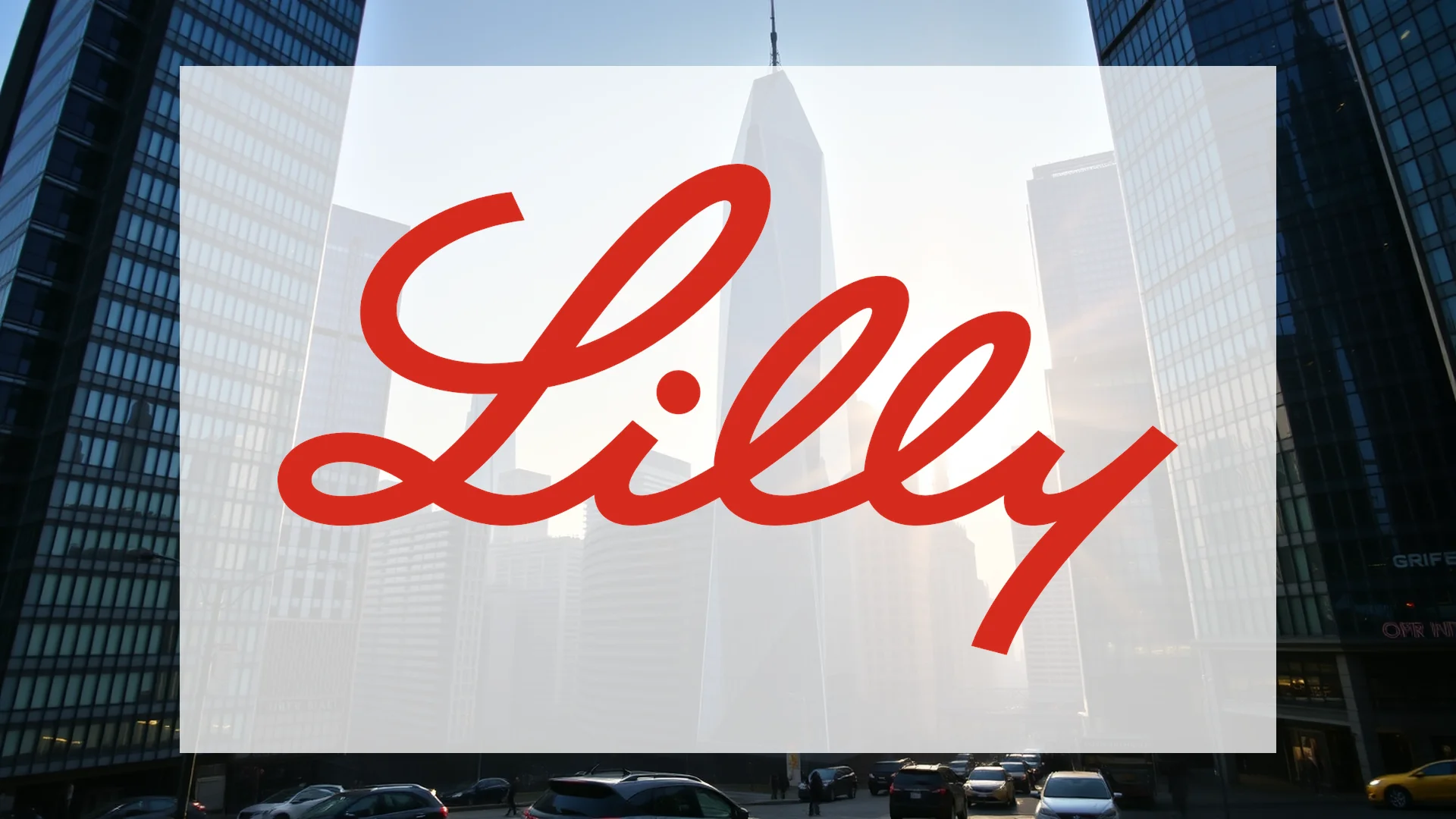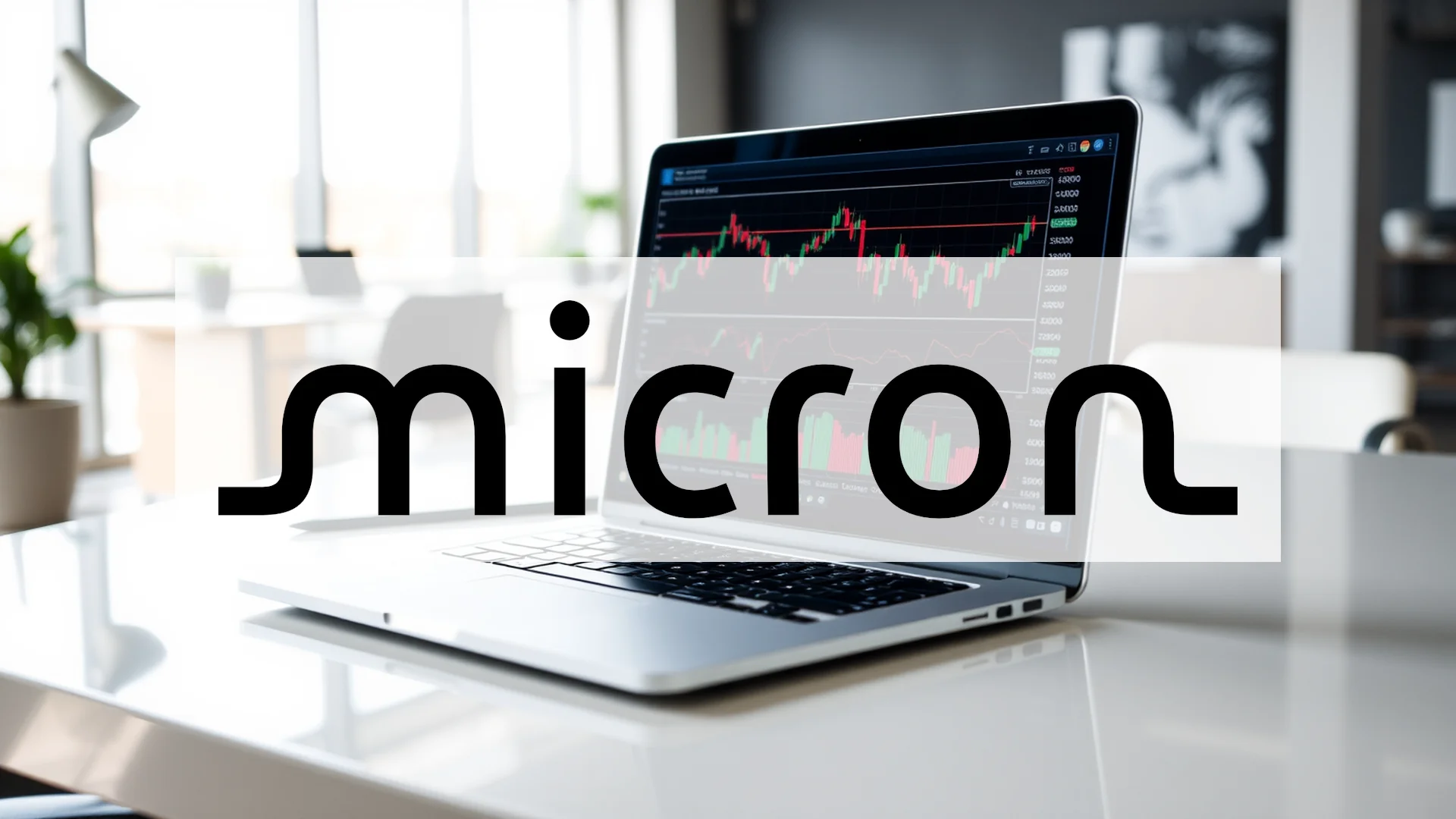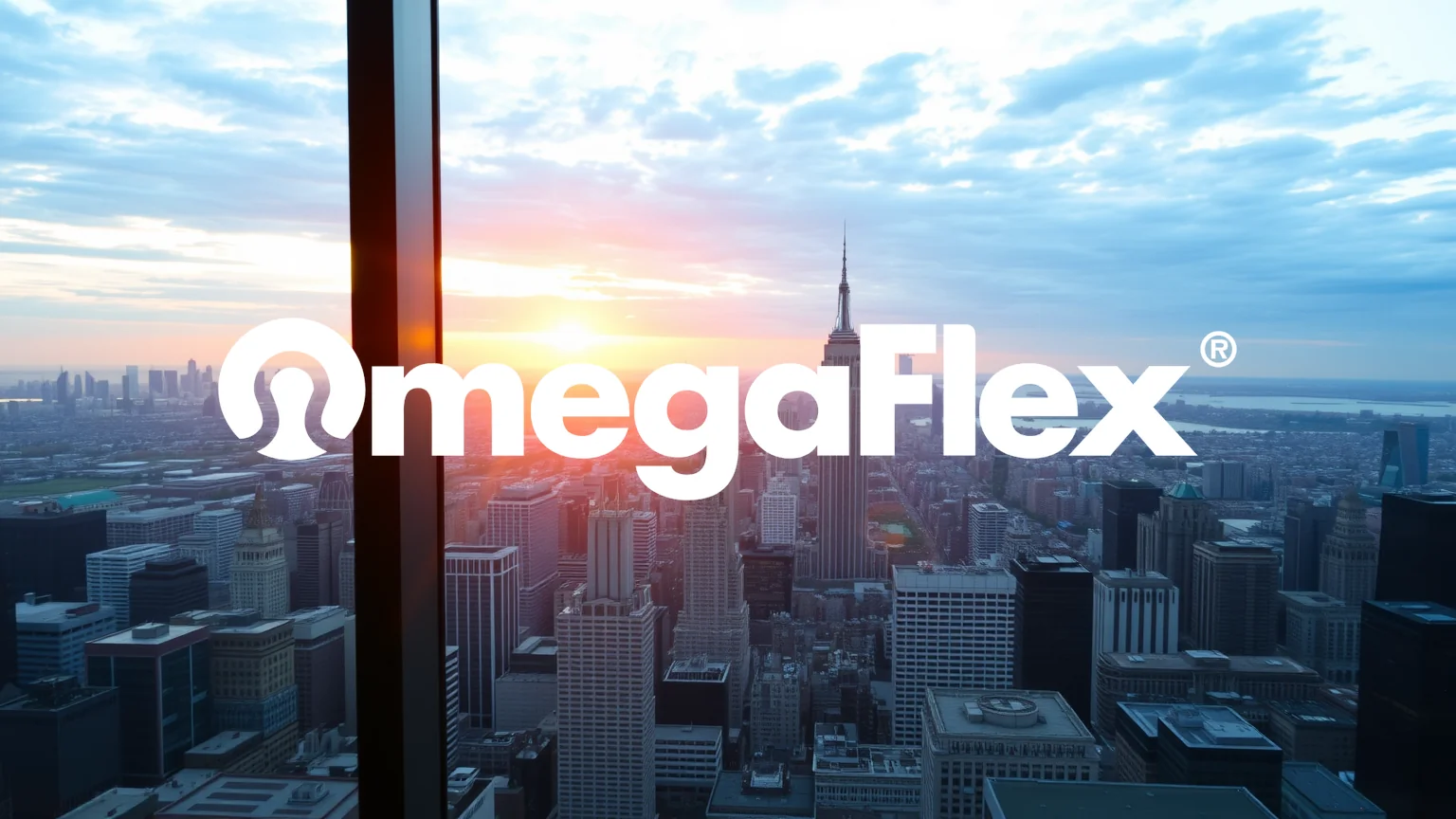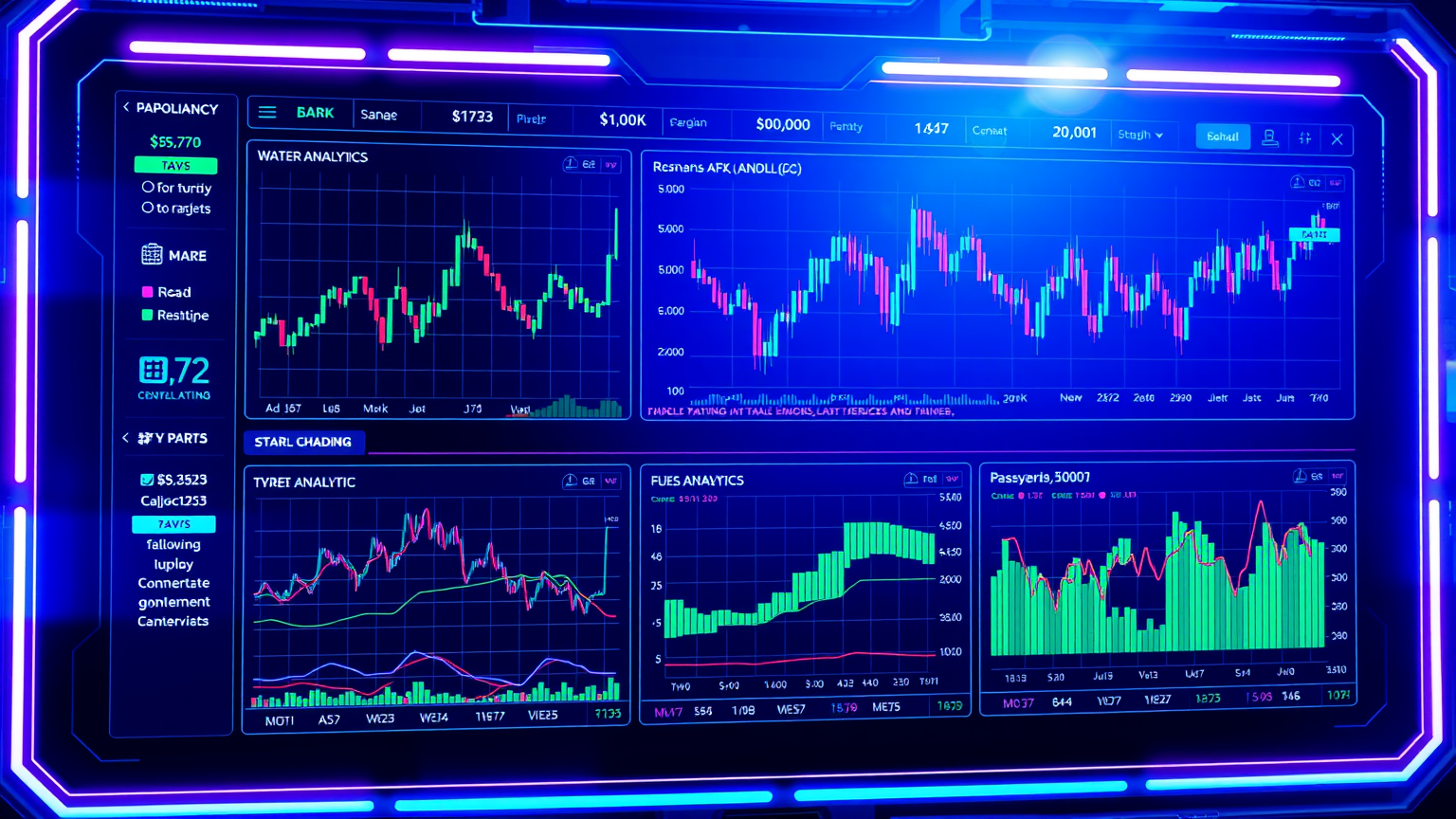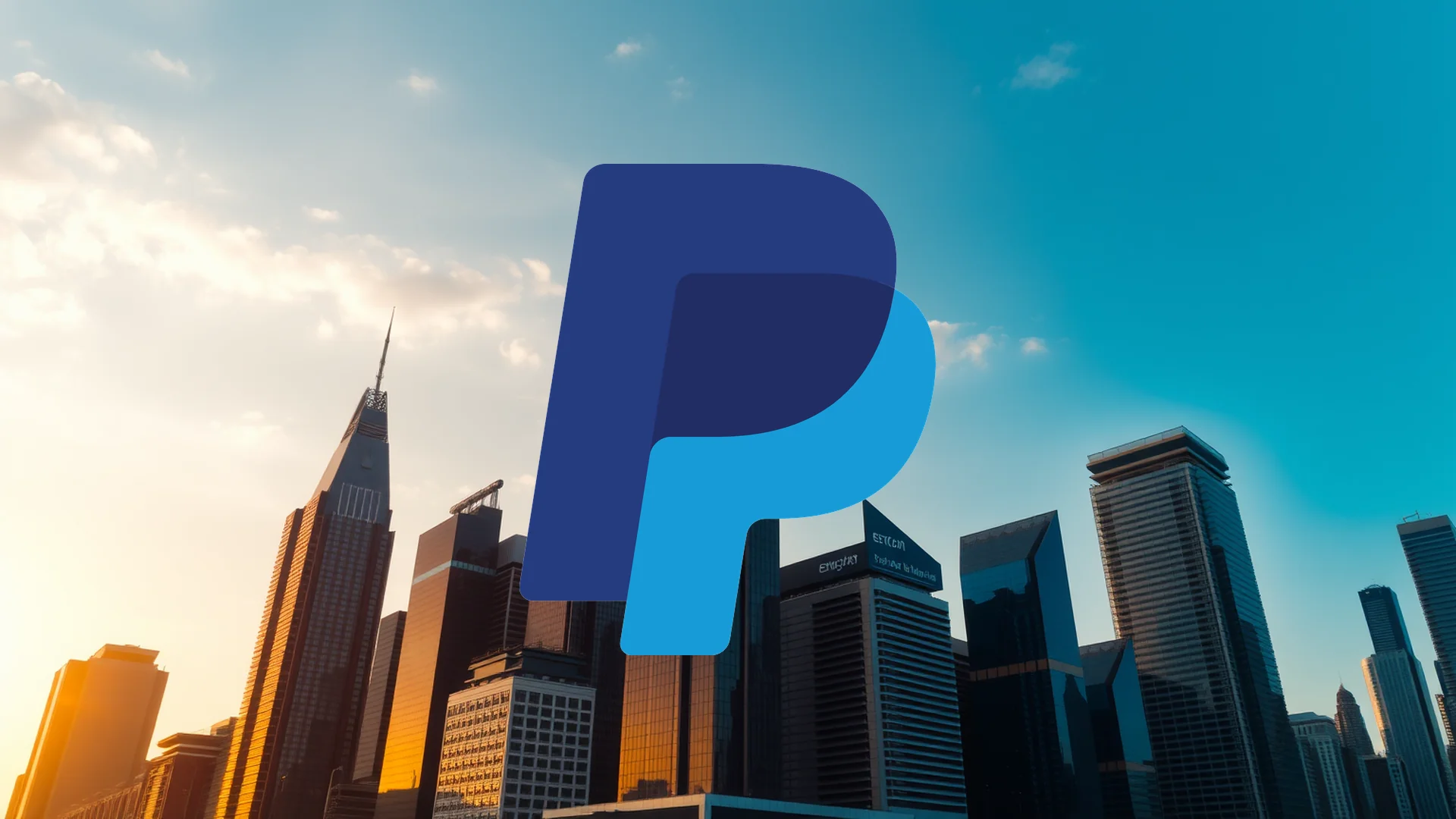Internet infrastructure leader VeriSign is deploying capital at a remarkable pace. Following a robust quarterly earnings report, the corporation has announced a substantial $913 million addition to its existing share repurchase initiative. This aggressive move raises a pivotal question for investors: can massive stock buybacks and consistent dividends effectively substitute for sustained organic growth in the long run?
A Closer Look at Q2 2025 Performance
VeriSign demonstrated strong operational health in its second-quarter 2025 results. Revenue climbed 5.9% to reach $410 million, with net income reported at $207 million. The company’s impressive profitability was further highlighted by an operating income figure of $281 million. A particularly critical metric for funding its capital return strategy is the cash flow from operations, which increased to $202 million.
The Engine of Stability: Domain Registry Business
The core domain name business continues to be the bedrock of VeriSign’s stability. The company reported a steady expansion in .com and .net domain registrations, which now total 170.5 million. This represents a net addition of 660,000 domains during the quarter. The renewal rate stands at a robust 75.5%, underscoring the predictable and recurring nature of this revenue stream. Furthermore, VeriSign maintains its flawless operational record, having managed critical internet infrastructure for 28 consecutive years without any service interruptions.
Should investors sell immediately? Or is it worth buying Verisign?
Capital Return Program Reaches a Fever Pitch
The most significant news from the report centers on capital allocation. Beyond distributing a dividend of $0.77 per share, the company spent $163 million in the previous quarter to repurchase its own stock. The board has now dramatically escalated this effort, authorizing an additional $913 million for buybacks. This injection brings the total available under the program to a formidable $1.5 billion, and the authorization carries no predetermined expiration date. This decision sends an unambiguous signal that management views the stock as significantly undervalued and is committed to creating long-term shareholder value.
Institutional Sentiment Presents a Mixed Picture
As the company doubles down on its own equity, institutional investors are sending mixed signals. IEQ Capital notably increased its stake by 87.8%, indicating strong confidence. Conversely, CDPQ reduced its holdings by 11.8%. These opposing moves reflect divergent views on the future prospects of the internet infrastructure sector and VeriSign’s place within it.
With a solid war chest of $594 million in liquid assets, VeriSign possesses ample flexibility to continue executing its strategy. The central debate for investors remains whether multi-billion dollar buybacks and a stable domain business can sufficiently drive the stock forward in an environment of moderate top-line growth.
Ad
Verisign Stock: Buy or Sell?! New Verisign Analysis from January 2 delivers the answer:
The latest Verisign figures speak for themselves: Urgent action needed for Verisign investors. Is it worth buying or should you sell? Find out what to do now in the current free analysis from January 2.
Verisign: Buy or sell? Read more here...


